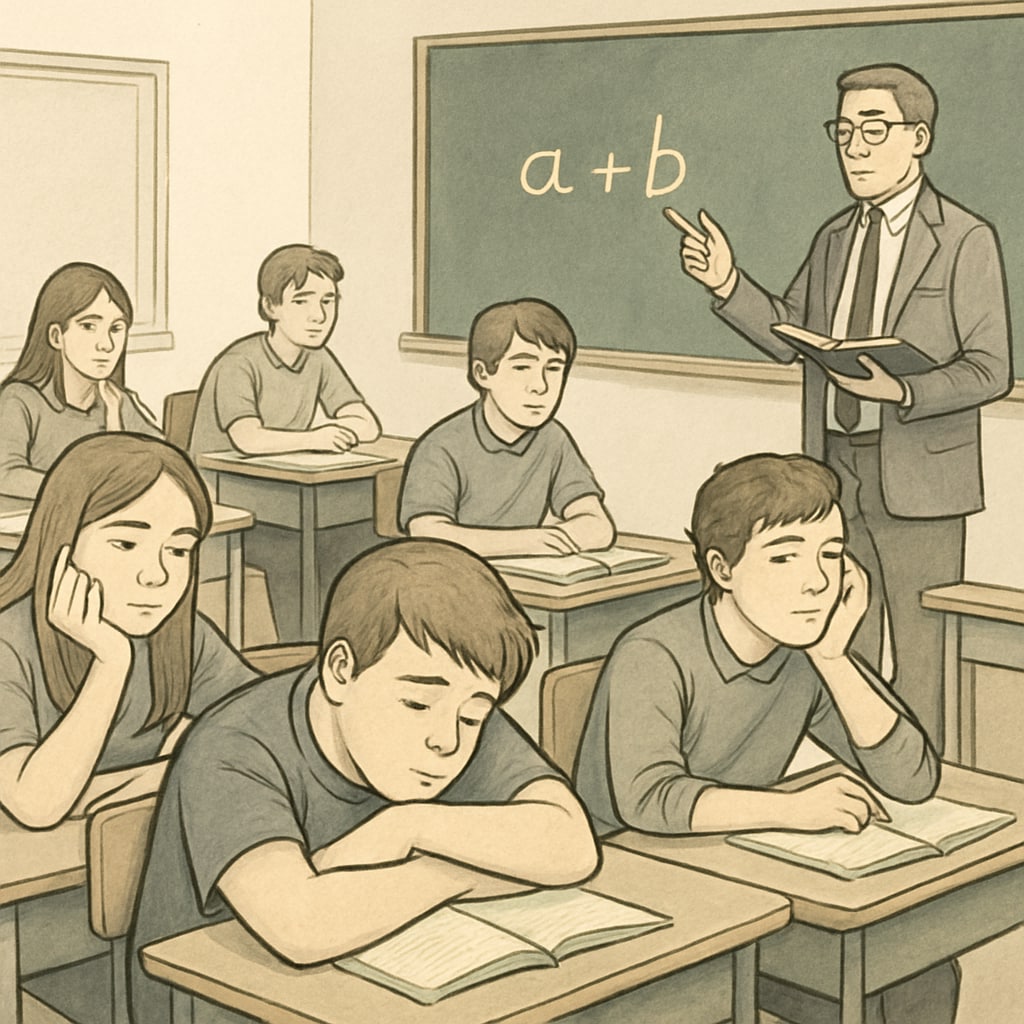Boredom in education is a growing concern, particularly within the K-12 classroom environment. Students often experience a lack of interest or enthusiasm for learning, which negatively impacts their academic performance and overall well-being. The issues of classroom boredom, student disengagement, and low participation rates are intertwined, requiring educators to rethink traditional teaching methods and adopt innovative solutions. This article delves into the causes behind student boredom and highlights actionable strategies to create a more engaging and stimulating learning environment.
Understanding the Roots of Classroom Boredom
Many educators and researchers agree that boredom in classrooms stems from multiple factors. These include monotonous teaching methods, curriculum misalignment with students’ interests, and a lack of interactive or hands-on activities. For example, when lessons revolve around lectures and note-taking, students may struggle to stay attentive. Additionally, students often feel disconnected when the material does not relate to their real-life experiences or future aspirations.
External factors also play a significant role. Modern students are accustomed to instant gratification from digital media, making traditional classroom settings appear outdated. Research from Britannica highlights the importance of adapting educational practices to align with societal changes. As a result, educators must embrace technology and creative approaches to maintain students’ attention.

Impact of Boredom on Student Learning
Boredom doesn’t just affect students’ mood; it directly impacts their academic success and cognitive development. A disengaged student is more likely to underperform, skip classes, or face challenges retaining information. Furthermore, boredom can lead to behavioral issues, as students seek alternative ways to occupy themselves during class time.
According to Wikipedia, active engagement is critical for fostering deeper comprehension and critical thinking skills. Without it, students are more likely to view learning as a chore rather than an opportunity. Addressing boredom is essential not only for academic improvement but also for cultivating lifelong learners who are curious and motivated.

Practical Strategies to Overcome Boredom
To combat boredom, educators can adopt the following strategies:
- Integrate Technology: Use educational tools, apps, and digital platforms to make lessons interactive and visually appealing.
- Gamify Learning: Incorporate game-like elements such as quizzes, rewards, or challenges to boost engagement.
- Create Real-World Connections: Relate academic content to current events, practical applications, or career paths relevant to students’ lives.
- Encourage Collaboration: Facilitate group projects, peer discussions, and team-based activities to foster a sense of community.
- Personalize Education: Tailor lessons to students’ individual interests, strengths, and learning styles.
Reigniting Passion for Learning
Ultimately, addressing boredom in K-12 education requires a mindset shift among educators. Moving away from rigid, one-size-fits-all teaching methods and embracing creativity and adaptability can transform the classroom into an environment where students thrive. By fostering curiosity, encouraging active participation, and making learning relevant, educators can reignite students’ passion for education.
As a result, students will not only perform better academically but also develop critical life skills such as collaboration, problem-solving, and adaptability. Tackling boredom is not just about improving grades; it is about empowering the next generation to become engaged and inspired individuals.
Readability guidance: Short paragraphs and lists improve clarity. Ensure consistent use of transition words like “however,” “therefore,” and “in addition” for a smoother flow. Avoid excessive passive voice and maintain a conversational yet professional tone.


